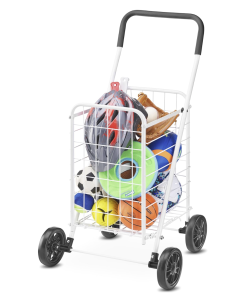I started this week by preparing for the interim demo. With the team, I finished setting up the gantry and organized my talking points for my portion of the presentation. I think the demo went pretty well. It showed our gantry’s drawing capabilities.
Later in the week, the components we ordered arrived. I worked with Ethan to successfully extend the gantry using the 1200 mm rods. Now the vertical length of the white board can be covered. This completed the design change we had discussed. We are now shifting toward prioritizing horizontal movement while still supporting vertical operation. After installing the longer rods, I helped test the prefabricated cart. I helped brainstorm some ways to attach the gantry and came to the conclusion that attaching the gantry to a metal sheet with bolts will ensure that it is secure. One concern we had was whether our motors would be strong enough to rotate the gantry vertically, but testing it relieved that concern.
Next week, I plan to help mount the gantry onto the cart as well as attaching the new stepper motors to the wheel axis. Once the structure is complete, we will begin testing the wheel mobility.
